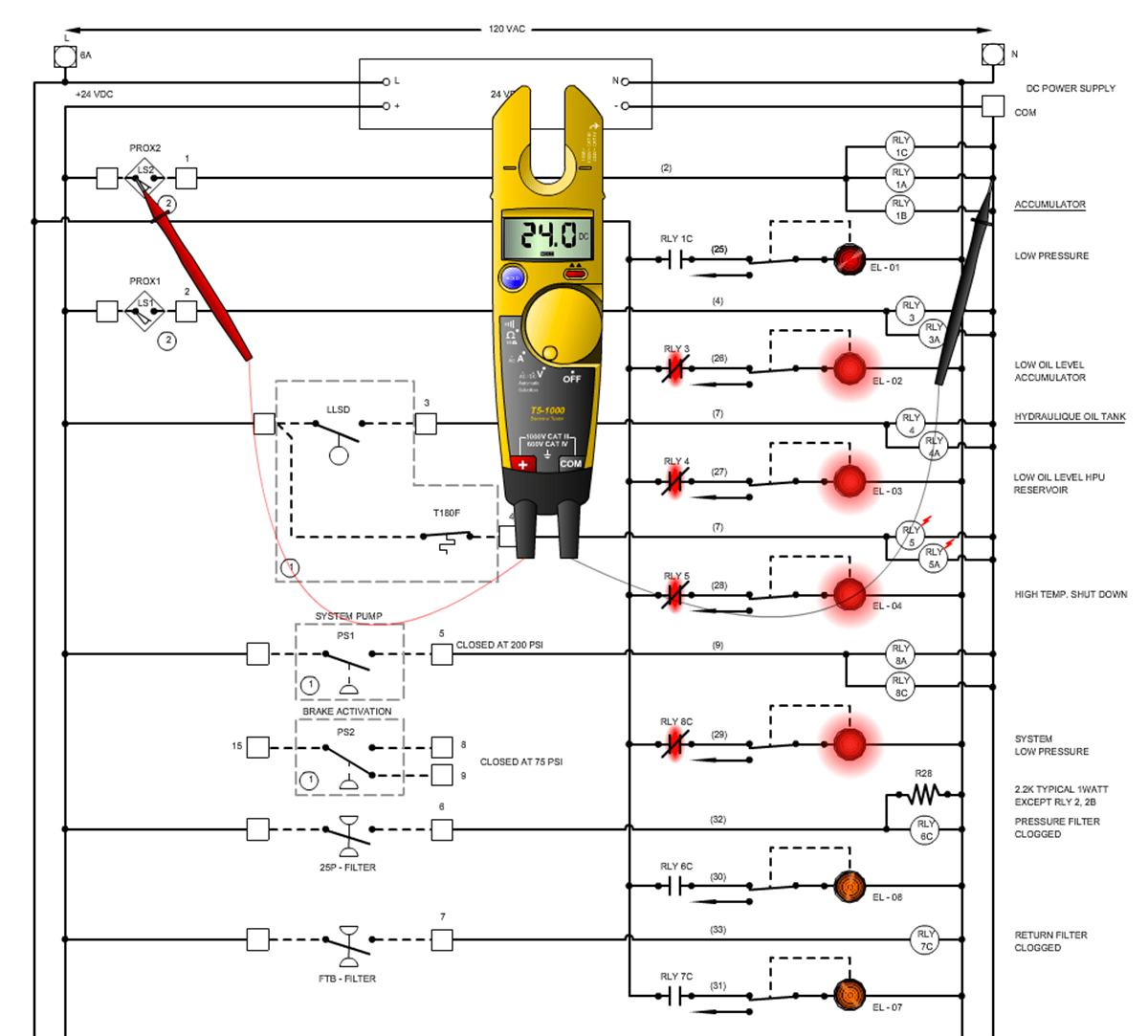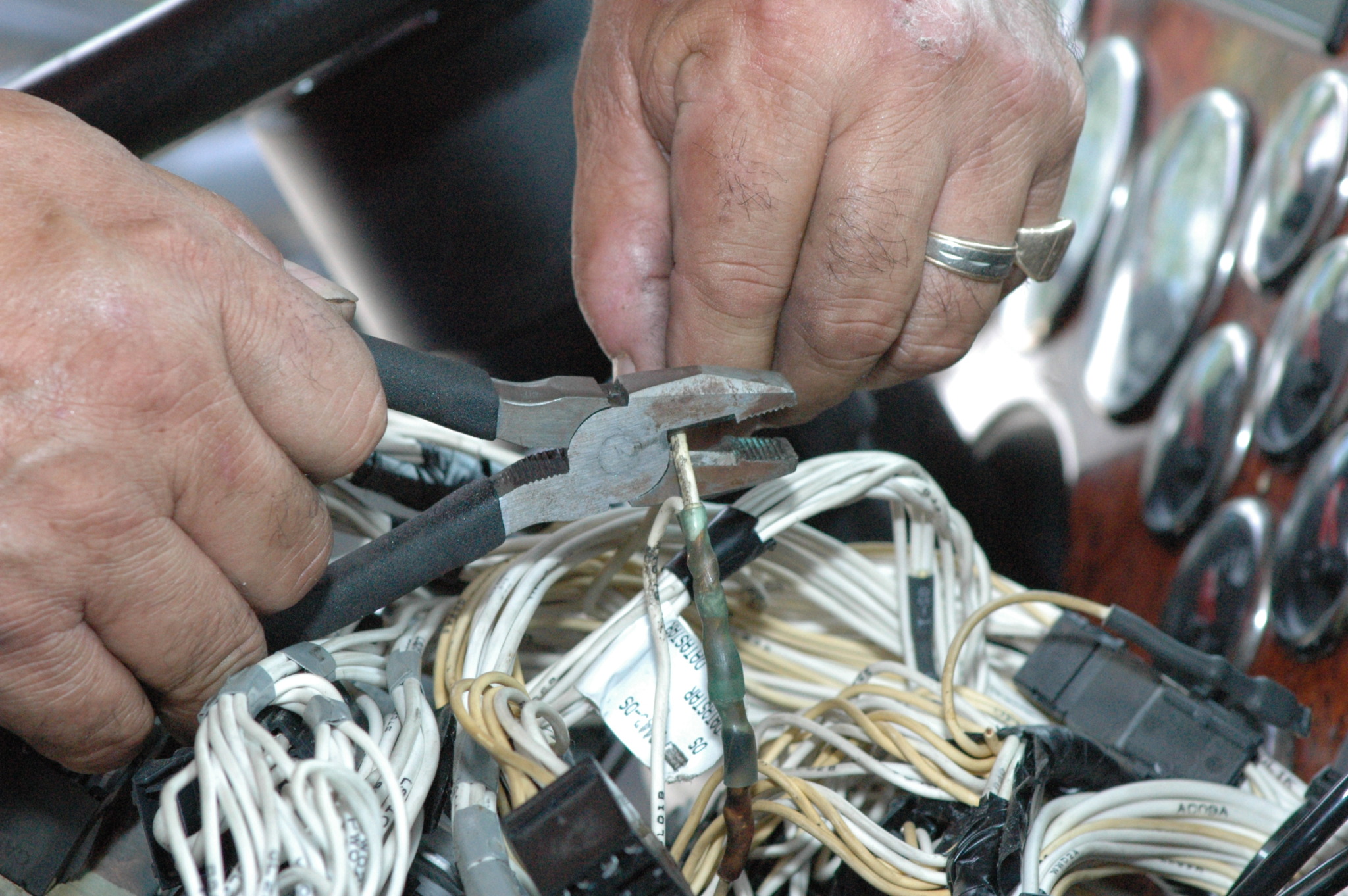Optimize processes with reliable mechanical system optimisation support.
Top Tips for Effective Electric System Troubleshooting
Troubleshooting electrical systems needs a systematic approach, based in a comprehensive understanding of electrical principles and safety methods. By acquainting oneself with circuit parts, using crucial devices, and adhering to an organized examination method, specialists can effectively determine and fix issues. Nevertheless, the nuances of reliable repairing extend past simple technological understanding; comprehending how to record findings and prioritize safety and security can significantly influence end results. As we explore these crucial components even more, it comes to be clear that mastering this procedure is not simply helpful but necessary for success in the area.
Understand the Fundamentals
Recognizing the basics of electrical systems is vital for reliable troubleshooting, as a strong structure allows technicians to diagnose and solve concerns much more successfully. A thorough grasp of electric principles, such as voltage, current, resistance, and power, is critical in determining the origin of troubles. Voltage is the electrical prospective distinction that drives existing through a circuit, while resistance opposes the circulation of current, affecting the general performance of the system.
Familiarity with circuit components, consisting of resistors, capacitors, diodes, and switches over, is also critical. Each element plays an unique role in circuit actions and can influence performance when malfunctioning. In addition, understanding series and parallel circuit configurations is important, as these arrangements influence the distribution of voltage and existing within the system.
In addition, knowledge of safety and security procedures is indispensable. Service technicians should understand possible dangers, such as shock and brief circuits, to execute secure troubleshooting practices. By mastering these foundational concepts, technicians boost their ability to perform reliable diagnostics and fixings, eventually causing enhanced performance and integrity of electrical systems. This fundamental knowledge is the cornerstone of successful repairing ventures.
Gather Necessary Equipment
Effective troubleshooting of electrical systems needs the best set of tools to detect and solve issues accurately. Crucial tools consist of a multimeter, which gauges voltage, current, and resistance, enabling for precise assessments of electrical parts.
In addition, insulated hand tools such as screwdrivers, pliers, and cable pole dancers are critical for safely manipulating electrical links. It is additionally a good idea to have a circuit tester handy to confirm the visibility of voltage in outlets and cables. For more complex systems, a thermal imaging cam can assist discover overheating parts, showing possible failings.

Comply With an Organized Method
Having actually gathered the appropriate devices, the following step in repairing electrical systems is to comply with a systematic technique. A systematic technique guarantees that technicians can identify faults successfully and precisely, minimizing downtime and stopping unnecessary repair services.
Begin by reviewing the system's schematic representations and specifications. This includes checking each part systematically, starting from the power source and functioning in the direction of the lots.
Utilize screening devices, such as multimeters and oscilloscopes, to collect unbiased data about voltage, present, and resistance at numerous points within the system. This empirical evidence will guide your troubleshooting efforts and aid to confirm or remove prospective reasons for failure.
In addition, take into consideration environmental elements that might affect the system's efficiency, such as temperature variations or wetness ingress. A detailed inspection of circuitry, connections, and parts will certainly guarantee that all opportunities are represented.
File Your Searchings For
Detailed documents is crucial in the fixing procedure of electric systems. This technique not only aids in understanding the root reason of the problem but additionally offers as a recommendation for future troubleshooting initiatives.

In addition, preserving a log of parts replaced or repairs executed is invaluable. This details sustains stock administration and can help assess the long life and dependability of certain components.
Ultimately, the paperwork process should be comprehensive yet succinct, allowing easy access and review - electrical system troubleshooting. By focusing on in-depth documentation, specialists can develop a useful knowledge base that not just aids in current troubleshooting yet also equips future maintenance efforts, thereby enhancing overall system dependability

Prioritize Precaution
Recognizing the intrinsic threats related to electrical systems is vital for guaranteeing safety and security during troubleshooting. Electrical shock, burns, and devices damages link are just a few of the prospective dangers that specialists face. Focusing on safety visite site and security measures is not just a legal responsibility but also an ethical important that safeguards both the service technician and the surrounding setting.
Before commencing any type of troubleshooting job, professionals ought to put on ideal individual safety equipment (PPE), including insulated gloves, shatterproof glass, and flame-resistant garments. Ensuring that the workplace is dry and totally free of clutter can substantially minimize the danger of mishaps. In addition, it is important to de-energize circuits prior to beginning any type of work, confirming that they are not endure the use of a multimeter or voltage tester.
Establishing clear interaction methods with employee is likewise important; this guarantees that everybody is aware of potential hazards and the standing of the electric system being dealt with. Finally, having an emergency response plan in position can show click to read important in case of a case. By prioritizing precaution, professionals can successfully reduce risks and cultivate a much safer workplace.
Verdict
Efficient electrical system repairing depends on a comprehensive understanding of basic concepts and a systematic approach. By collecting crucial tools, sticking to methodical evaluation methods, and meticulously recording findings, the repairing process ends up being more effective and reputable. Focusing on safety measures ensures the wellness of people involved and the stability of the electric system. Executing these approaches will certainly improve the repairing experience, resulting in quicker resolutions and boosted functional efficiency in electric systems.